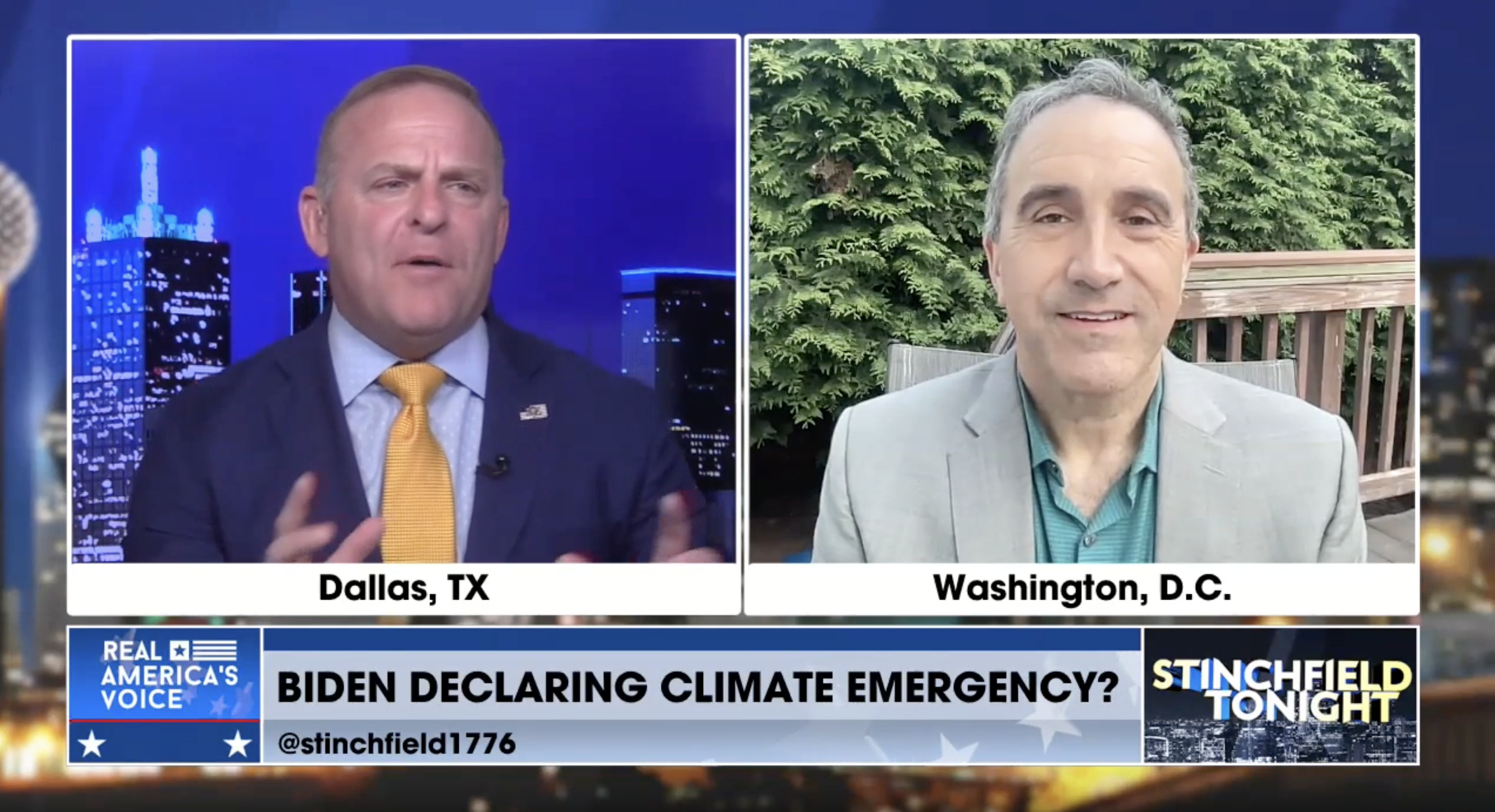
The climate debate is one of the most important discussions in the world today. At stake are billions of dollars, millions of jobs, and — if people like Canadian environmental activist Dr. David Suzuki are right — the fate of the global environment. Consequently, we need all parties in the debate to behave responsibly.
Sadly, climate discussions are often poisoned by misrepresentations and errors in reasoning. Suzuki does this in “Climate science deniers’ credibility tested,” his March 1 article attacking those of us who question the science promoted by the United Nations Intergovernmental Panel on Climate Change (IPCC).
Published on the David Suzuki Foundation website and reproduced by media across Canada, Suzuki’s attack is typical of what independent thinkers about climate science experience on a regular basis. For that reason, his article is worth examining in detail.
Suzuki implies that the argument presented by Canadian ecologist Patrick Moore, that glaciers “are basically dead zones,” is somehow wrong. Similarly, Suzuki mocks as “anti-climate-science” the position I (Harris) promote: that “carbon dioxide is harmless plant food.” In neither case does Suzuki explain in his article what is mistaken with these statements. Perhaps this is because both are obviously true.
While he may not understand glaciers, one would assume that, as a biologist, Suzuki would comprehend that carbon dioxide is the stuff of life, an essential reactant in plant photosynthesis on which all life on Earth depends. That’s why commercial greenhouse operators routinely run their internal atmospheres at up to 1,500 parts per million (ppm) carbon dioxide concentration. Plants inside grow far more efficiently than at the 400 ppm in the outside atmosphere.
Climate Change Reconsidered II: Biological Impacts, a report from the Nongovernmental International Panel on Climate Change, cites over 1,000 peer-reviewed studies that document rising productivity of forests and grasslands as carbon dioxide levels have increased, and not just in recent decades, but in past centuries.


